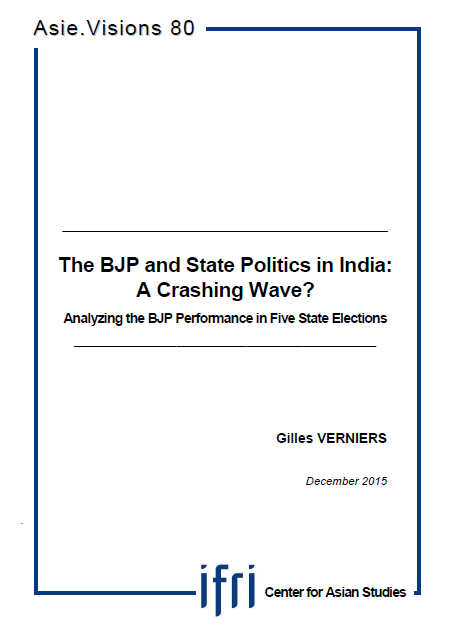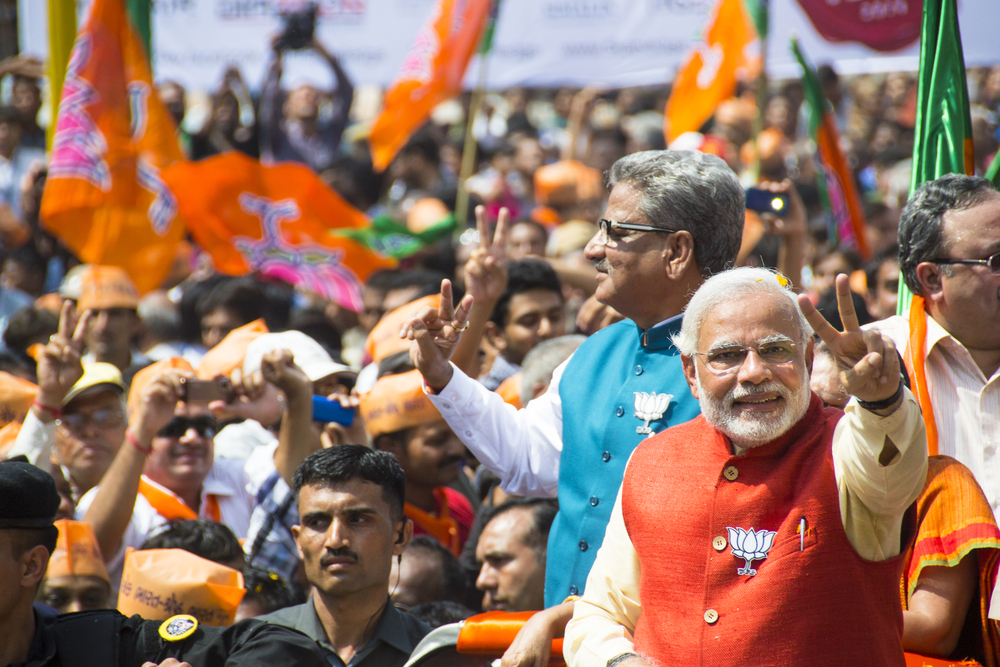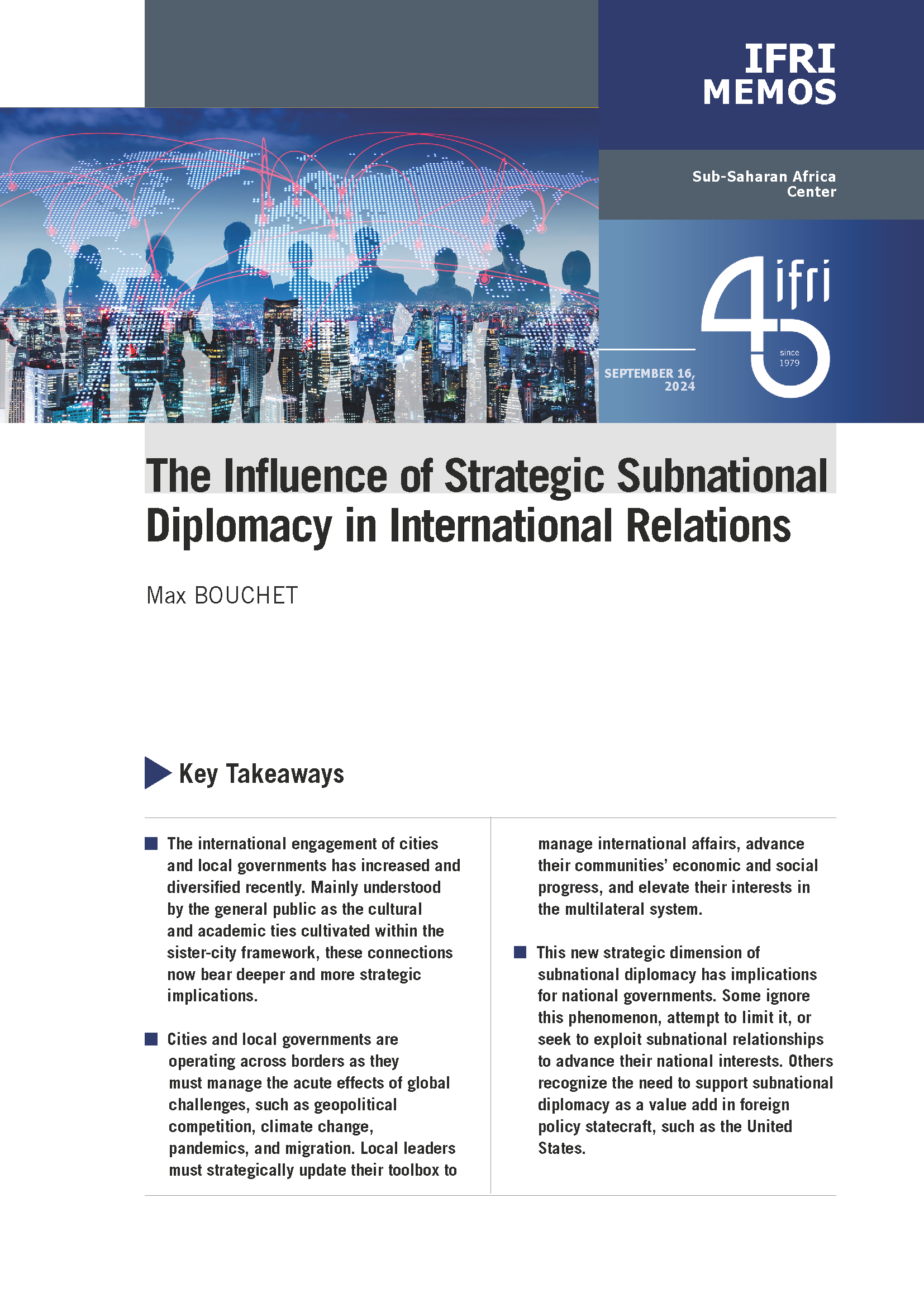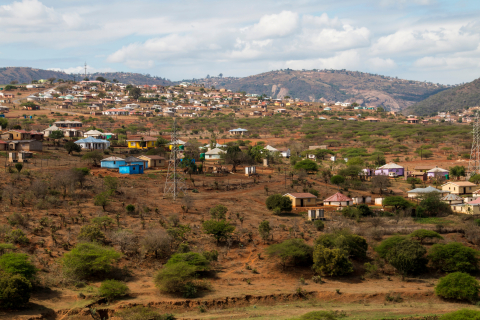The BJP and State Politics in India: A Crashing Wave? Analyzing the BJP Performance in Five State Elections

In May 2014, the Bharatiya Janata Party (BJP), led by Narendra Modi, decisively won India’s sixteenth General Elections. For the first time in thirty years, a party secured a single majority of seats in the lower house of parliament – the Lok Sabha (282 out of 543) – and for the first time since independence, that party wasn’t the Congress.

In the year that followed, the BJP successfully contested four state elections, in the states of Haryana and Jharkhand in October 2014, and in Maharashtra and Jammu & Kashmir in December 2014. It formed the government in the first three states and had to concede power to a regional party in the latter, despite a near clean-sweep in the region of Jammu.
The BJP’s performance in the four state elections of 2014 bore remarkable resemblance to the previous General Elections. Its vote share surged everywhere, including in states where it had a weak presence. The surge in vote share credits the notion of a pro-BJP wave. Available survey data suggests that the party succeeded in consolidating its traditional support among the upper castes with support from voters from most segments of the electorate, except Muslims. Recent work also suggests that the BJP’s victory partly relied on its capacity to attract new voters, particularly among the youth (Heath, 2015), and on its capacity to mobilize record numbers of voters in cities.
Calling these results a triumph for the BJP would be an exaggeration, however. As in 2014, the party benefited for the disproportionality effect of the electoral system. The combination of a First-past-the-post majority electoral system with a fragmented political landscape means that the distribution of votes among parties determines the conversion of votes into seats for the winner. The more dispersed the vote, the more disproportionate the conversion into seats.
In fact, the BJP’s performance everywhere remains more or less in the bracket of 30% of the vote share. This serves as a reminder that there remains a large majority of voters that does not opt for the BJP but disperses its votes between various other parties. Moreover, the electoral cartography of the BJP’s performance reveals that its victories are often limited to specific areas, or sub regions within states. This shows that the BJP still struggles to develop a “pan-state” presence.
This series of victories brutally stopped with the Delhi state elections, held in January 2015, where the Aam Admi Party (AAP – Party of the Common Man) – a two-year old party that had emerged from the 2011 anti-corruption movement – won all but three of the 70 seats of the State Assembly. The Delhi elections made the demonstration that the BJP could be defeated in a bipolar fight, and in a campaign that was fought on the terrain of development, on which it is supposed to have a competitive advantage. Politically speaking, these elections were seen as the first stumble of what was previously considered an unstoppable victory machine.
In conclusion, the transformation brought by the 2014 General Elections and its repercussions in subsequent assembly elections are substantial but do not affect some of the fundamentals of Indian electoral politics.
Gilles Verniers is Assistant Professor of Political Science at Ashoka University, India and co-Director, Trivedi Centre for Political Data. His research interests include Mechanisms of representation and participation in India, State politics, Democratisation in South Asia, Sociology of elected representatives, controversies and problems in India’s democracy, Ethnic and Post-Identity Politics, Minority Politics, and Political parties.

Also available in:
Regions and themes
ISBN / ISSN
Share
Download the full analysis
This page contains only a summary of our work. If you would like to have access to all the information from our research on the subject, you can download the full version in PDF format.
The BJP and State Politics in India: A Crashing Wave? Analyzing the BJP Performance in Five State Elections
Related centers and programs
Discover our other research centers and programsFind out more
Discover all our analyses
Getting China Onboard a Global Debt Governance System
China has become the number one provider of development finance in the world. Because of its significant share in Low and Middle Income Countries’ (LMICs) external debt, China should take up responsibilities and cooperate with traditional development finance providers, but its particular lending style and distinct approach to debt management pose many challenges and do not make international cooperation straightforward.
Deployment of the French Frigate Bretagne in the Indo-Pacific: Implementing French Strategy in the Region
The deployment of the French Navy’s multi-mission frigate (FREMM) Bretagne in the Indo-Pacific in recent months demonstrates France’s capability to project power far from the mainland and solidifies its Indo-Pacific strategy.
Japan’s Enhanced Security Engagement With the Pacific Islands
The expansion of security and defense cooperation stands as the most spectacular change in Japan’s contribution to the region in recent years.
National Perspectives on Europe's De-risking from China
The concept of “de-risking” has become a significant focus for the European Union (EU) in managing its relations with China since first proposed by European Commission President Ursula von der Leyen in March 2023. However, the interpretation and policy responses to de-risking vary across Europe, reflecting diverse national perspectives.










